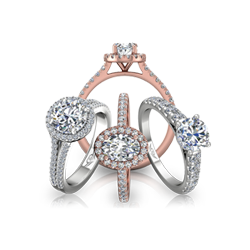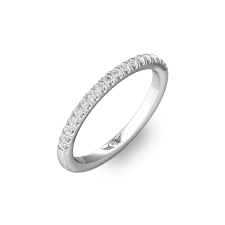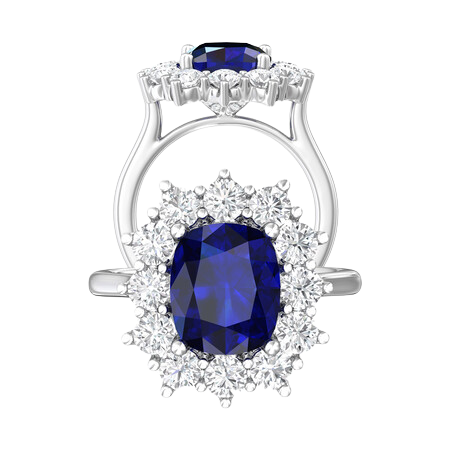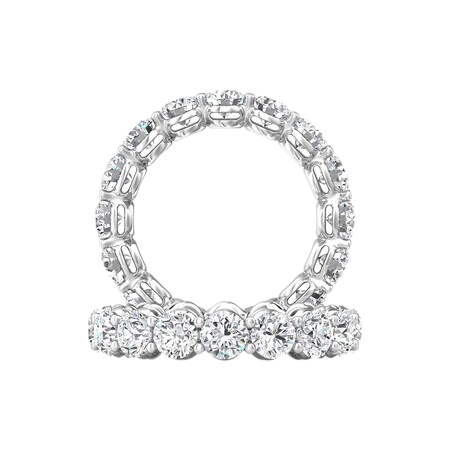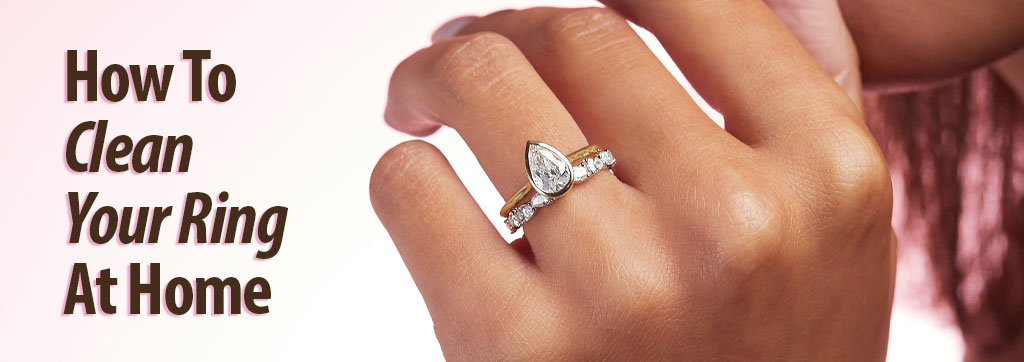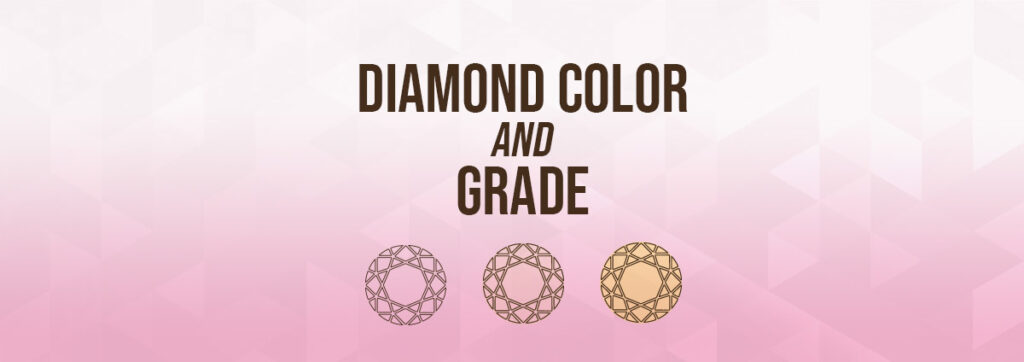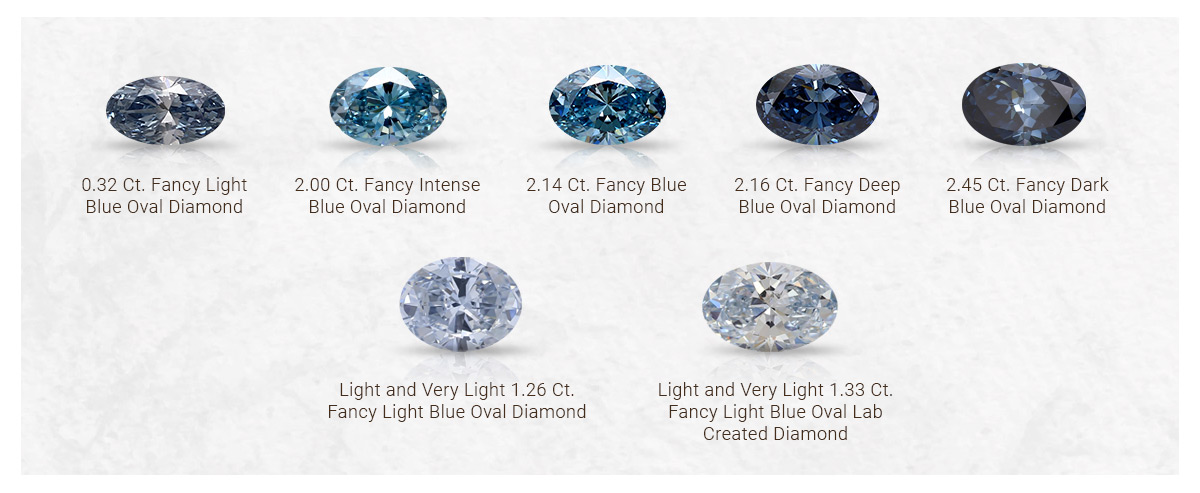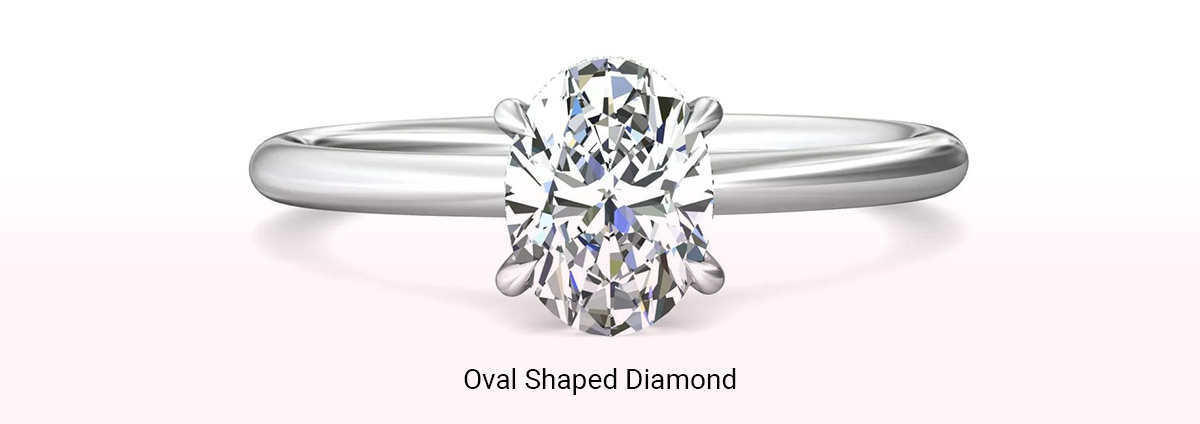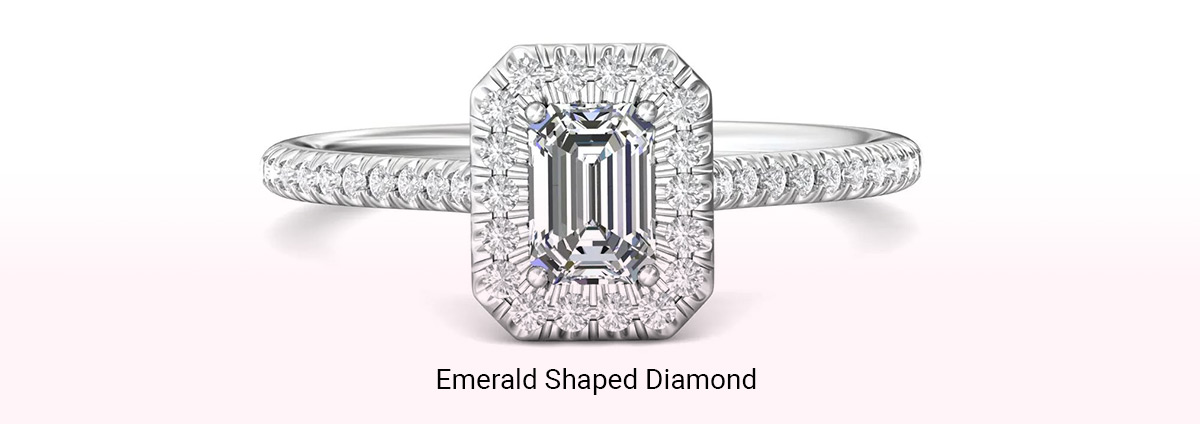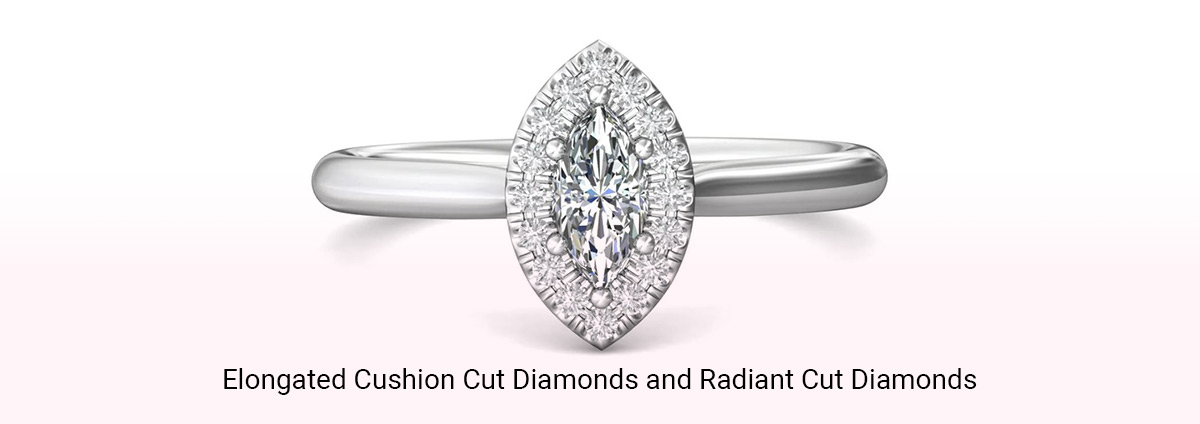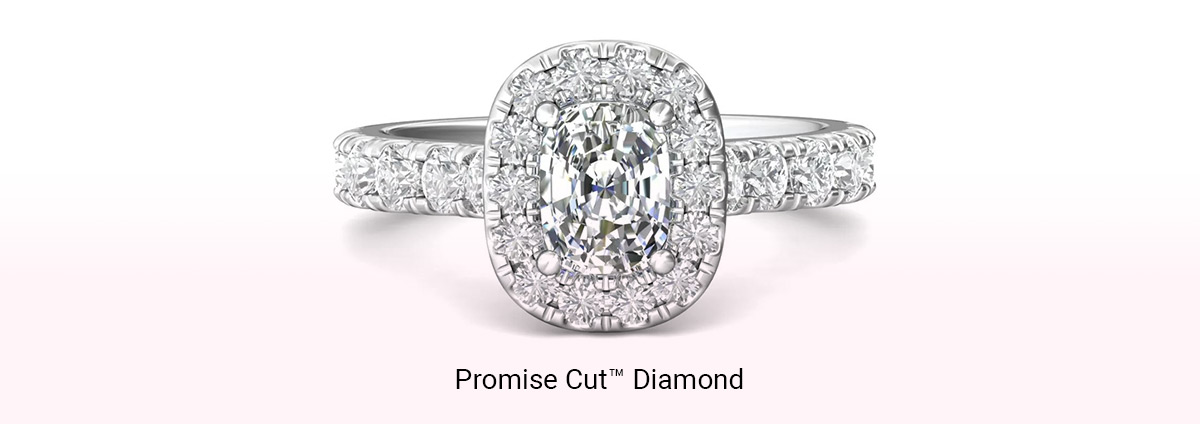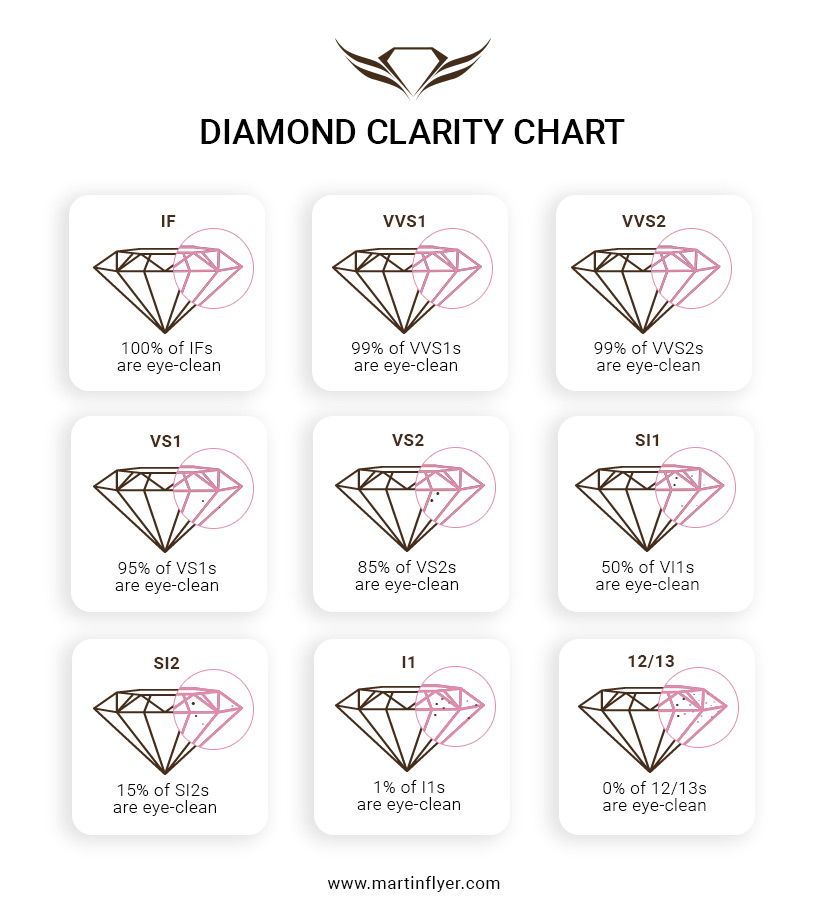How to Clean Your Diamond Rings
Your diamond engagement ring is a symbol of your love story and its exciting new chapter, so it should always shine bright. Over time, your diamond can become a little dull from day-to-day wear – from natural oils, lotions etc. However, you don’t need to spend money on a professional cleaner to get your diamonds to sparkle like new. Our CEO Joshua Kaufman teaches you step-by-step how to clean your diamond rings at home with items already in your home!
Note: This is for DIAMOND rings ONLY.
